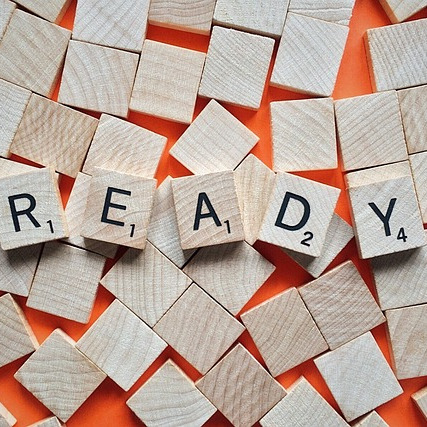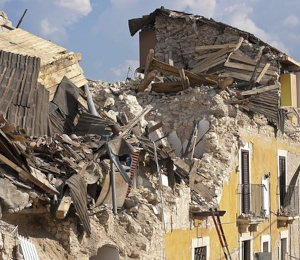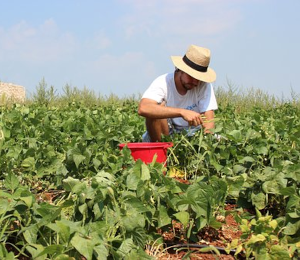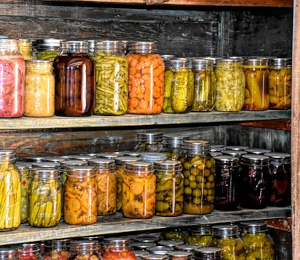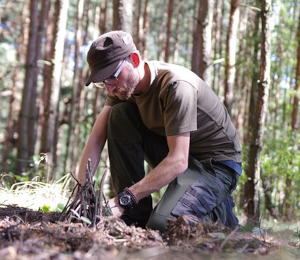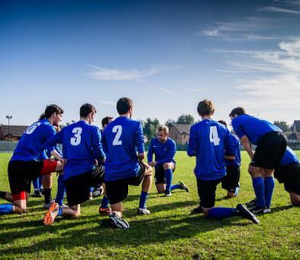
If you think your drinking water may be contaminated:
Listen to a local radio or television station for announcements from appropriate authorities about the safety of drinking water. Follow their directions.
- You can drink water from the community water system unless you have been told or have reason to suspect it has become contaminated.
- If the water is contaminated:
- Use your emergency supply of water.
- Purchase bottled water, if necessary, until you are certain that your water supply is safe.
- Consider all water from wells, cisterns, and other delivery systems in the disaster area to be unsafe until tested.
- Water from melted ice cubes made before the disaster occurred is generally safe to drink.
- Water from undamaged hot water tanks and water pipes is generally safe to drink. Turn off the main water valve before draining water from these sources.
- Bottled juices and the liquid from canned fruits and vegetables are additional sources of water.
- If you need to find drinking water outside your home, you can use rainwater; streams, rivers, and other moving bodies of water; ponds and lakes; and natural springs. If you question its purity, be sure to treat the water first. (See below.)
- Avoid water with floating material, an odor, or a dark color. Use saltwater only if you distill it first. Do NOT drink floodwater.
Treating Water
Treat water for drinking, cooking, and bathing only if it is of questionable quality. There are several ways to treat water – but none is perfect. Often, the best solution is a combination of methods.
- Boiling is the safest method of treating water. Strain water through a clean cloth to remove bulk impurities. Bring water to a rolling boil for about one full minute. Let the water cool before drinking. Boiled water will taste better if you put oxygen back into it by pouring the water back and forth between two clean containers. This will also improve the taste of stored water.
- Household liquid bleach can kill microorganisms in water. Use chlorine bleach from a freshly opened bottle. Use only regular household liquid bleach that contains approximately 5.25 to 6.0 percent sodium hypochlorite. Do not use scented bleaches, color-safe bleaches, or bleaches with added cleaners. Add 16 drops of fresh, chlorine bleach per gallon of water, stir, and let stand for 30 minutes. If the water has a slight scent of chlorine, you can use it. If it does not, re-treat the water with an additional 16 drops of bleach, stir, and let stand for 30 minutes. If the water has a slight scent of chlorine, you can use it. If not, discard it and find another source of water. Other chemicals, such as iodine or water treatment products sold in camping or surplus stores that do not contain 5.25 to 6.0 percent sodium hypochlorite as the only active ingredient, are not recommended for use in post-disaster situations and should not be used.
- Distilling removes salt and other solid impurities from water. Distillation involves boiling water and then collecting the vapor that condenses back to water. The condensed vapor will not include salt or other solid impurities. A relatively simple, although inefficient, way to distill water in an emergency is to suspend a cup over boiling water. One way to do this is to:
- Make a cradle for the cup with string. Fasten the middle of the length of string to the cup handle with a knot, then wrap the string around the cup as if it were a parcel, finishing with a knot in the middle of the mouth of the cup. A longer piece of string, perhaps three feet or so, will make the task easier.
- With the excess string, tie the cup to the lid handle so the cup will hang right side up when the lid is upside down.
- Choose the tallest pot possible and fill it with water to the point just below where the cup will hang, so the cup will not touch the water.
- Put the lid upside down on the pot so that the cup is suspended by the string above the water. Boil the water. Make sure that the ends of the string are in the pot and not hanging over the side where they could catch on fire. The water that drips from the lid into the cup is distilled. It will take quite a while to collect even a moderate amount of water. Be careful that the pot does not boil dry.

